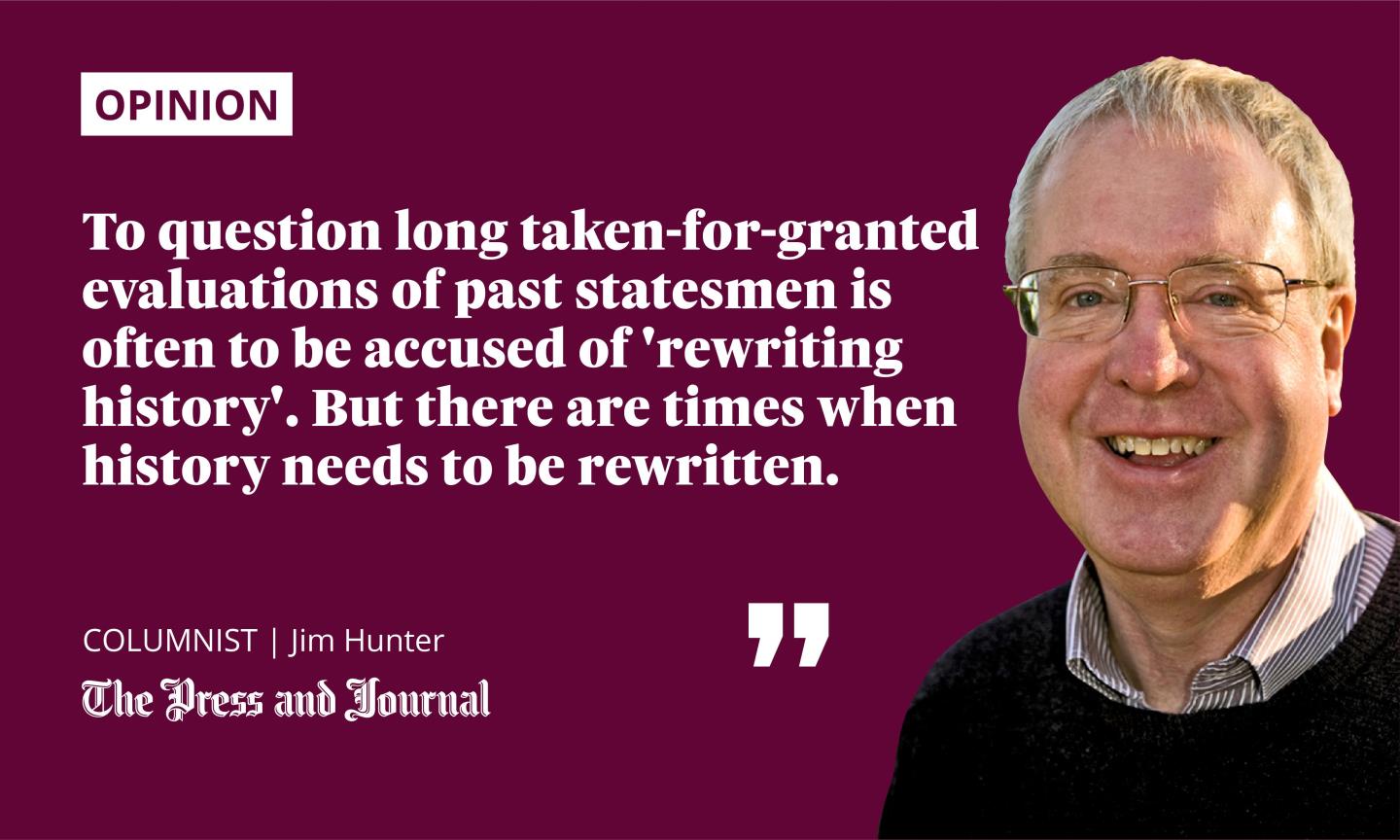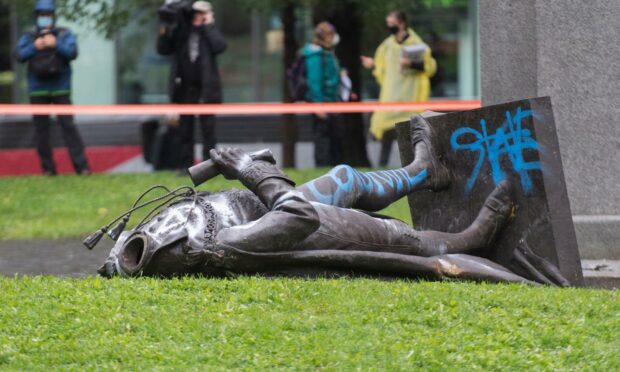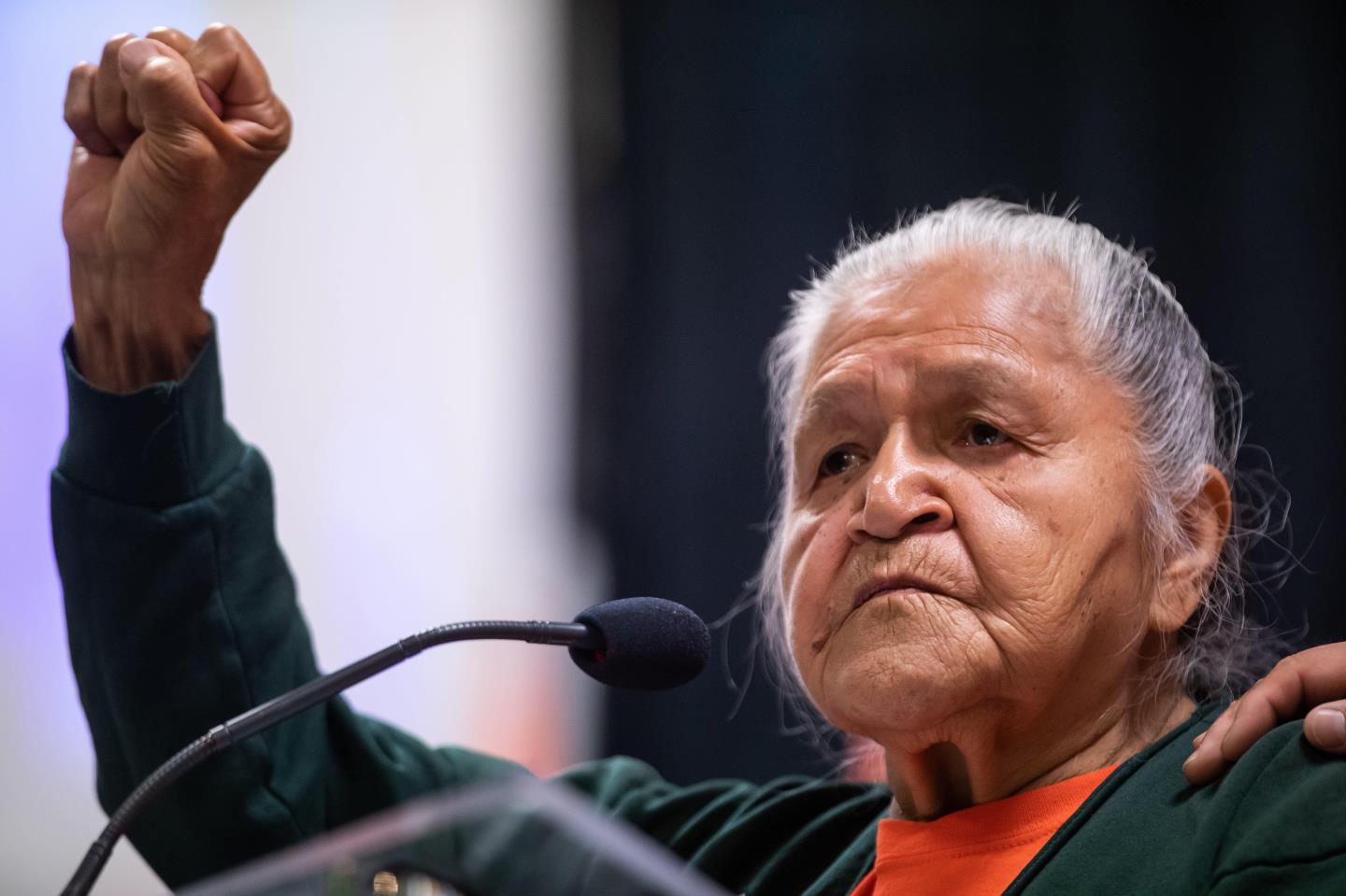Evelyn Camille helps teach kindergarten-level children in the Sk’elep School of Excellence on a First Nation reserve in the Kamloops area of British Columbia.
It’s a reserve created for Evelyn’s Secwépemc people at a time when Canada’s indigenous inhabitants were being confined to reservations, with a view to clearing the way for settlers from Britain and the rest of Europe.
Sk’elep means coyote. And the word’s inclusion in the School of Excellence’s title is a pointer to the school’s remit. Coyotes, not so much animals as supernatural beings in this context, are central to First Nation folklore.

Coyote legends, it follows, feature in what Secwépemc children hear from Evelyn Camille and her colleagues in a school where First Nation tradition is combined with other forms of learning.
Evelyn is clearly committed to getting across to the children she teaches some sense of how the Secwépemc thought and felt about the world in the era prior to European incursions into their once extensive homeland.
But, at a public gathering organised by her reserve’s elected authority, Tk’emlúps te Secwépemc and viewable on social media, Evelyn Camille isn’t in attendance to share how the Secwépemc now organise their children’s education.
Her task (and it couldn’t be more difficult) is to tell of her own schooling – schooling that began when, as a little girl in the 1940s, she was forcibly removed from her parents, loaded on to a cattle truck and taken to Kamloops Indian Residential School.
Canada’s cultural genocide
This summer at that now closed school’s site there were discovered, in unmarked and unrecorded graves, the remains of more than 200 children.
In some ways, that discovery didn’t surprise Evelyn, who was kept for 10 years at a school that was one of around 150 such establishments.
Speaking at times through tears, she talks about children who disappeared from the school during her time there – children whose absence was never acknowledged and whose fate was never explained.
The Kamloops Indian Residential School was run, as many residential schools once were, by the Catholic Church. From “the black robes”, as Evelyn calls the men who were her teachers, children received little in the way of care.
Across the residential school system, physical and sexual abuse were common. Education was not a priority. Residential schools, after all, had been put in place to bring about what Canada’s Truth and Reconciliation Commission calls “cultural genocide”.
This does not involve “the mass killing of a targeted group”, the commission explains. But it does involve measures meant to ensure that “families are disrupted to prevent the the transmission of cultural values and identity from one generation to the next.”
‘These schools were there “to take the Indian out of us”‘
That is what the black robes looked to accomplish in places like Kamloops School. “These schools were there ‘to take the Indian out of us’,” Evelyn says.
And in so saying, she echoes words used by John A Macdonald, the Canadian Confederation’s first prime minister when, in 1883, he told the country’s House of Commons that the separation of children from their mothers, fathers and wider community was key to “civilising” the confederation’s original occupants.
“When the school is on the reserve,” Macdonald said, “the child lives with its parents who are savages; he is surrounded by savages and, though he may learn to read and write, his habits and training and mode of thought are Indian. He is simply a savage who can read and write.”
“‘They tried to make us ashamed of who we were.’ Then this elderly woman’s voice strengthens defiantly. ‘It did not work,’ she says
The Scots-born Macdonald – long seen as “Father of Canada” – did more than anyone else to transform a patchwork collection of British colonies into one of the world’s largest and most successful nations.
This was a huge achievement. That’s why, in some of my publications, Macdonald is treated as a hero. No such treatment, however, can survive today’s growing realisation of John A Macdonald’s decisive role in the creation of a residential school system that would survive into the 1990s and be a cause of misery from the outset.
To question long taken-for-granted evaluations of past statesmen is often to be accused of “rewriting history”. But there are times when history needs to be rewritten in response to testimony of the sort provided by Evelyn Camille.
“They tried to take away our language and our culture,” Evelyn recalls of the men in charge of the Kamloops Indian Residential School. “They tried to make us ashamed of who we were.”
Then this elderly woman’s voice strengthens defiantly. “It did not work,” she says.
Jim Hunter is a historian, award-winning author and Emeritus Professor of History at the University of the Highlands and Islands

